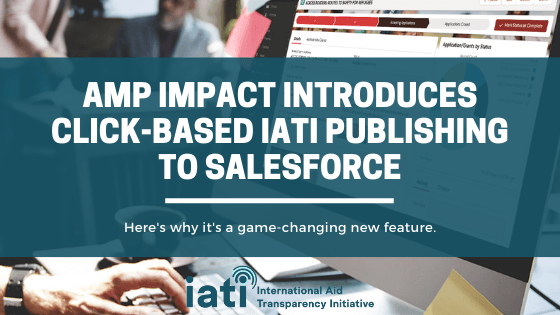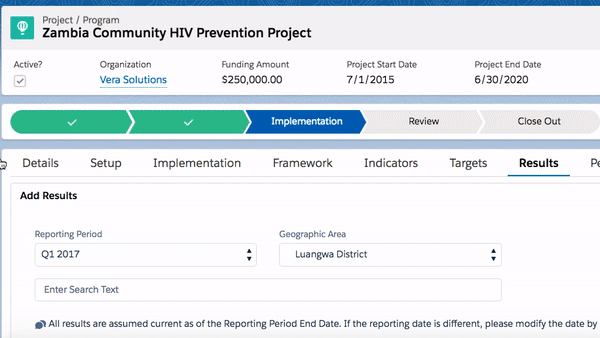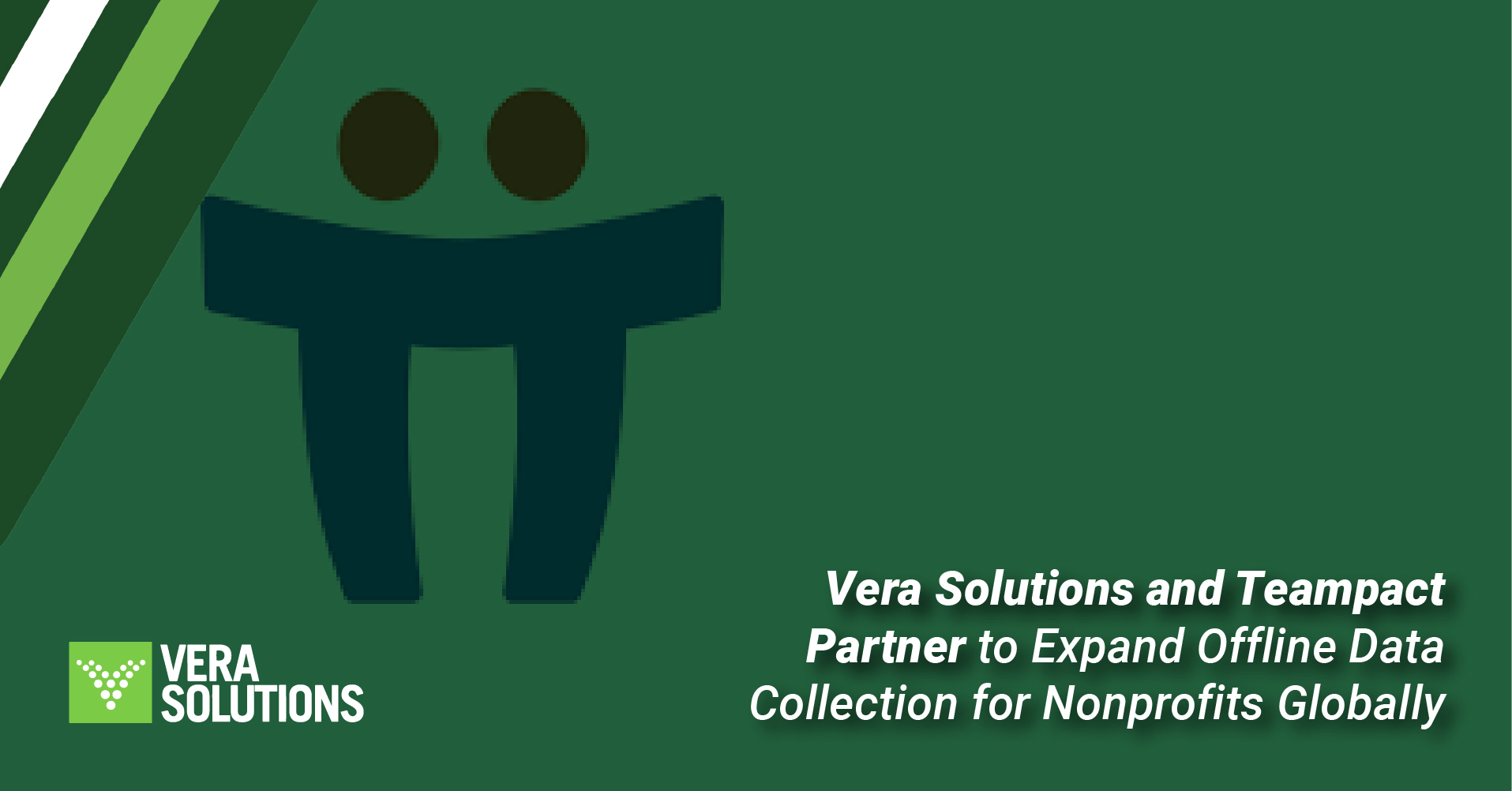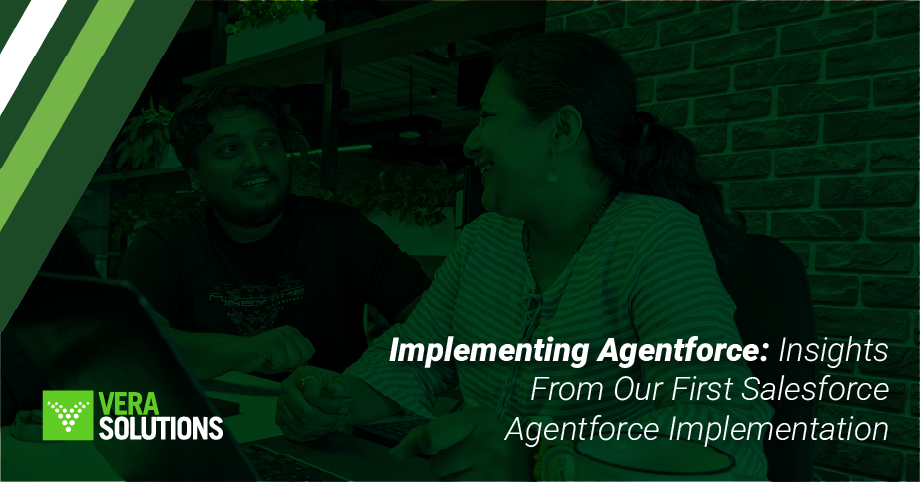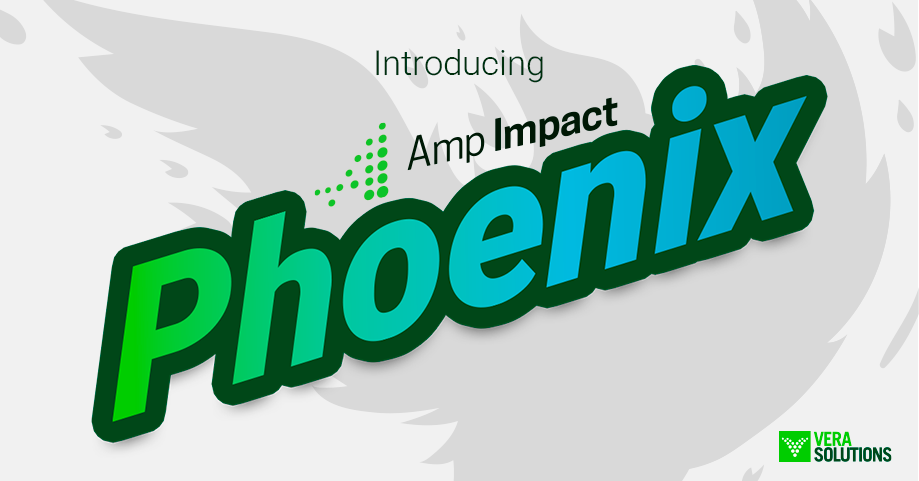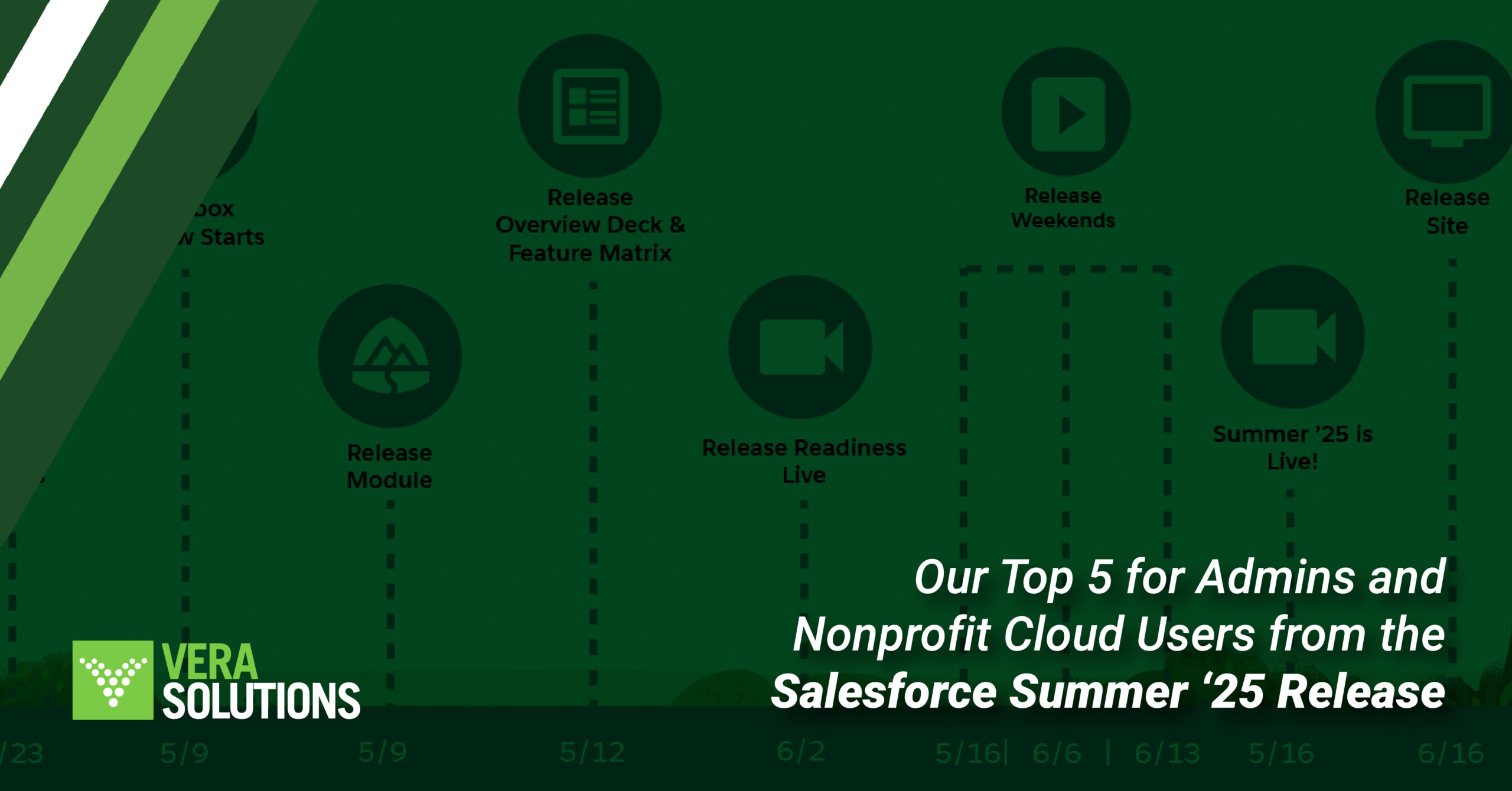International development and humanitarian organisations using Amp Impact can now publish their data to IATI with a few clicks. Here’s why this feature is a game-changer.
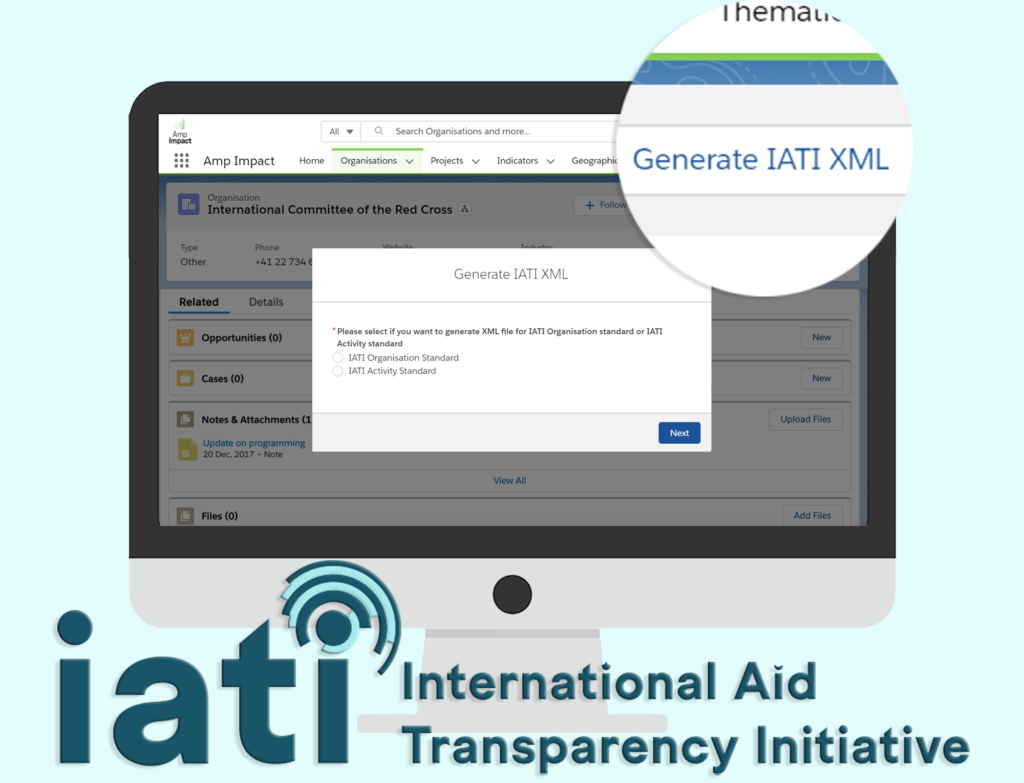
With Amp Impact’s Bellatrix release last November, users can export XML files from the app using the IATI Organisation and Activity standards. While we anticipate further refining this feature in the years ahead, this has potential to save organisations dozens of person-hours per year and to strengthen the flow of impact data to the IATI registry.
IATI (the International Aid Transparency Initiative) has become the most widely adopted registry of public development and humanitarian data, with over 1 million activities published by over 1,000 organisations and a number of major funders in the sector requiring IATI publishing.
The upsides of publishing aid data are tremendous – tackling corruption, strengthening coordination, opening up information on programme financials, results, and locations through tools like the D-Portal, providing a continuously updated and publicly available source-of-truth on what’s being spent and what’s being achieved in international development. What IATI has done for the sector’s accountability in the last decade is truly inspirational.
Growing Demand for Cloud-Based, Centralised Programme Management
A growing number of organisations are starting to rely on Salesforce for project management, programme management, and MEL, as they seek to leverage the features, user-friendliness, security, flexibility, interoperability, and ecosystem of the most widely adopted enterprise CRM platform and its user base of over 45,000 nonprofits. In fact, Salesforce.org recently announced launching a new Programme Management module into the Nonprofit Success Pack, and Vera has been working with their Products team to ensure the new module aligns seamlessly with Amp Impact.
It’s only natural, then, that Salesforce customers would start wanting to publish data directly to IATI from Salesforce. Anticipating the sector’s shift from document-driven to data-driven and from bespoke/niche software to enterprise platforms, Vera began designing Amp Impact in 2015 as a Salesforce-based managed package in order to meet portfolio management and impact measurement needs. Its recent tenth release enables users to publish organisation, project (activity), transaction, result, and indicator data to IATI with a few clicks.
Moving towards a new status quo of click-based IATI publishing including impact data
Lots of effort goes into IATI publishing. Clients tell us they have routinely spent multiple staff days per quarter compiling programme data, manually entering Activities into Aidstream, and publishing them to IATI. Prior to this feature, Amp Impact had already made the compiling process easier, and this new IATI publishing feature now a lightning-fast alternative to the manual data entry process.
As a growing number of NetHope members, UN agencies, grant-makers, and other major players in international development move their portfolio management and monitoring, evaluation, and learning (MEL) to Salesforce and Amp Impact, this feature alone has the potential to save the sector thousands of hours and hundreds of thousands of dollars in the long-run.

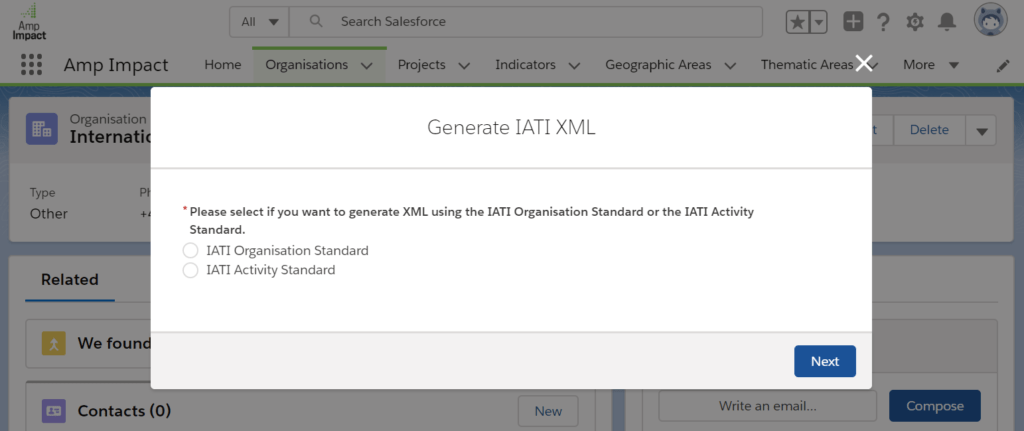
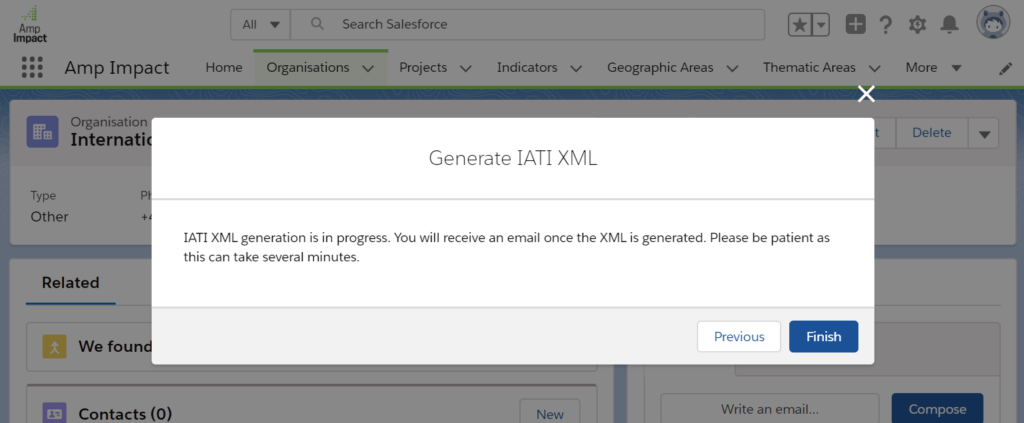
Truth be told, though IATI has seen amazing traction so far in the social sector, much of its potential for opening up aid data has yet to be realised. Our conversations with dozens of organisations have helped us understand that this stems more from the cumbersome process of getting relevant data from documents and databases into IATI XML than from an unwillingness to share/publish data. At the moment, only a couple software tools on the market offer IATI publishing, and only a small fraction of published IATI Activities come from these tools.
Meanwhile, only about 4% of published IATI Activities include any impact data (Results, Indicators, IndicatorValues) because compiling and restructuring these data (often buried in complex spreadsheets) presents a monstrous challenge. With Amp Impact, this process is now seamless. And, in the meantime, a round of applause for those organisations – like Gavi, War Child, and Plan International – already publishing their impact data to IATI!
Lessons learned on using Salesforce to manage IATI-relevant data
The Amp Impact IATI publishing functionality maps data structures in Amp to the IATI standards. We’ve seen lately that solutions seem to be building the IATI data model verbatim. While this may sound sensible, it’s important to recognise that the IATI activity standard was designed for publishing purposes, not for actual project management, programme management, or day-to-day MEL work. Delivering solutions in this space for the last nine years has yielded many important learnings about what organisations need for portfolio management and MEL – both the data model and the features needed. Some learnings pertaining to managing IATI-relevant data in an online portfolio management and MEL tool include:
- User adoption hinges on user-friendliness: Nonprofit end-users need user-friendly features that enable them to easily enter various types of Transactions (disbursement, expenditure, commitments, etc), Result data (or IndicatorValue data, if you speak IATI), to aggregate and calculate Results, disaggregate Indicators and results in various ways, upload Expenditure and Result data from Excel, and visualise expenditure and programme performance over time and across Geographies. Simply offering a tool mirroring IATI’s tables and attributes doesn’t provide value to end users.
Salesforce is well suited to these use cases, but the native interface doesn’t cut it for Result or Finance data entry: Native Salesforce pages do not provide suitable UX for any of the above needs (except perhaps visualisation). Custom interfaces are needed to achieve acceptable UX, especially for entering and managing financial and impact data. Users want to see and manage an Excel-like table of Results for each Reporting Period and Location. We learned this lesson in early 2012, and it has instrumentally shaped Amp’s features.
Standard/catalog and custom indicators: Nearly all organisations – both grant-makers and implementers – need to manage a standard catalog of Indicators that are used across multiple grants, projects, or programmes. This helps ensure linkages, consistency, and efficiency in setting up a project or a results framework. In the IATI standard, Indicators fall under one Result, which falls under one Activity. This top-down structure, where each Indicator has to be unique to a project or programme, is fine for IATI’s purposes, but an operational MEL and programme management tool needs the flexibility of a catalog of standard Indicators, not just Project-specific Indicators nested under Objectives in the Project’s Results Framework. Moreover, some indicators that are tracked may not be linked to an Objective at all.
Indicators that help organisations monitoring their own programmatic improvement can be deprioritised if they don’t directly focus on an objective that a funder wants to see results for. We want organisations to focus on improving their delivery as well as their overall impact.
A many-to-many relationship between Objectives and Indicators: Indicators sometimes relate to multiple Objectives (i.e. Goals/Impacts, Outcomes, Outputs; what IATI calls Results). The IATI data model forces a one-to-many hierarchy of Objective > Indicator, whereas Amp Impact provides a more flexible many-to-many relationship between Indicators and Objectives. In short, the IATI data model is Objective/Result-centric (again, fine for data publishing purposes), whereas Amp Impact can be either Objective/Result-centric or Indicator-centric. Of the 90+ result and indicator management solutions we’ve built over the years, most of them were Indicator-centric (i.e. users manage Indicators and link them to one or more Objectives where appropriate). This model still allows for click-based IATI publishing while meeting organisations’ and end-users’ needs.
Bottom line: the IATI data model itself isn’t fit-for-purpose for an enterprise-wide MEL solution and custom interfaces are needed to achieve viable user-experience for managing MEL data.
The end-user comes first, not the data model
The UX of a MEL tool needs to work for every user within an organisation, and that means bringing a focus to the end user, not just the data model. We’re encouraged by all the discussions picking up about data models and the work Salesforce and Microsoft are doing to document and open up visibility into the NPSP and Nonprofit Accelerator data models, respectively. Any experienced CIO will tell you it’s important that an organisation gets its data model right when designing and rolling out portfolio management and MEL solutions, but the first Principle for Digital Development compels technology providers and development practitioners alike to ‘design with the end user’.
By designing with the users, and not for them, you can build digital tools to better address the specific context, culture, behaviours and expectations of the people who will directly interact with the technology.”
DigitalPrinciples.org
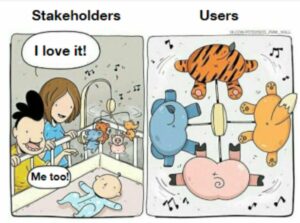 Taking a top-down approach and putting a particular data model ahead of user experience contradicts this principle. The IATI standards were designed 10 years ago as a common structure for data publishing to drive greater coordination and accountability, not as a precise blueprint for project and programme management apps. When it comes to solutions, we believe end-user experience comes first and must go hand-in-hand with a robust data model. Well managed data on a robust data model can be manipulated into different structures (including the IATI standards) when needed, but tools need excellent UX to sustain user adoption and satisfaction. The best solutions start with the end-users’ needs (rather than the administrators’, executives’, or funders’) and, from there, design the features and data model needed to meet them. Moreover, as Kevin Bromer reminds us, data models evolve, mature APIs open endless possibilities, and the real
Taking a top-down approach and putting a particular data model ahead of user experience contradicts this principle. The IATI standards were designed 10 years ago as a common structure for data publishing to drive greater coordination and accountability, not as a precise blueprint for project and programme management apps. When it comes to solutions, we believe end-user experience comes first and must go hand-in-hand with a robust data model. Well managed data on a robust data model can be manipulated into different structures (including the IATI standards) when needed, but tools need excellent UX to sustain user adoption and satisfaction. The best solutions start with the end-users’ needs (rather than the administrators’, executives’, or funders’) and, from there, design the features and data model needed to meet them. Moreover, as Kevin Bromer reminds us, data models evolve, mature APIs open endless possibilities, and the realpower of a technology lies in its community, its ecosystem, and its ability to innovate.
Integrators and implementers alike can focus on what matters most to the organisations they’re serving: the business processes and impact of their solutions, not foreign key relationships and database-level constraints.”
Kevin Bromer, Salesforce.org

